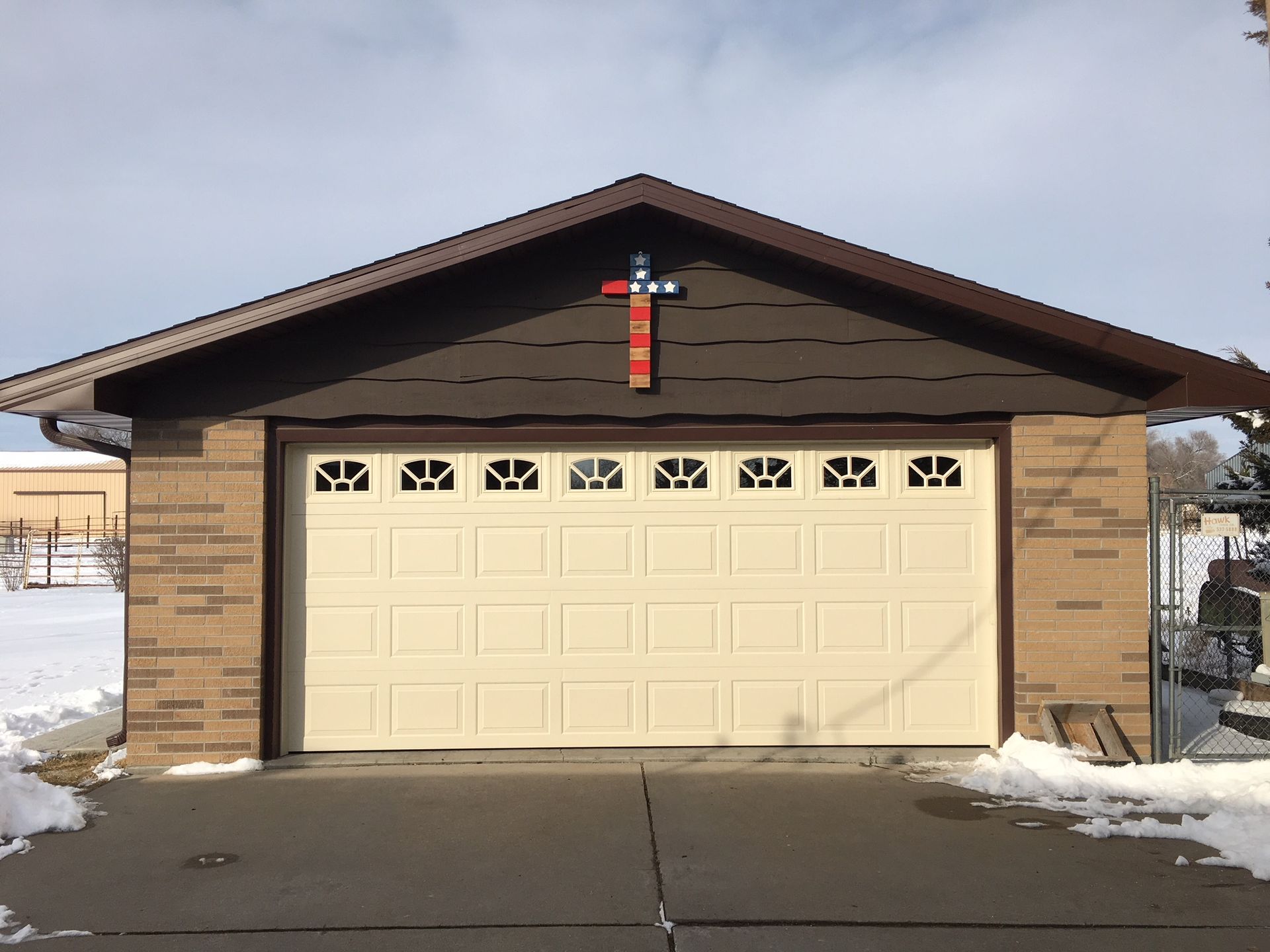The color of your roof affects more than just the look of your home—it can influence your energy efficiency and comfort. Let’s dive into the science of roof colors to determine which one is best for your climate.
The Science of Roof Color and Heat Absorption
Roof color has a direct impact on how much heat your roof absorbs. Darker colors, like black, trap heat, warming your home, while lighter roofs, like white, reflect sunlight and help maintain a cooler indoor temperature.
Climate Considerations: When to Go Light or Dark
The best roof color for your home depends on your local climate conditions:
- Tropical Climates: In hot climates, white or lighter roofs are ideal for reflecting heat, reducing indoor temperatures, and lowering air conditioning costs.
- Cold Weather Areas: For colder climates, darker roofs are better because they absorb heat, helping to maintain warmth inside and lower heating costs.
- Moderate Climates: In moderate climates, a neutral or slightly darker shade may be the best option, depending on your insulation and overall energy needs.
The Role of Roof Colors in the Urban Heat Island Effect
White roofs can help mitigate the urban heat island effect, a phenomenon where urban areas become significantly warmer due to dark roofs and pavement. By reflecting sunlight, white roofs cool down cities and reduce energy consumption.
Weathercraft’s Tips for Choosing the Right Roof Color
To help you choose the perfect roof color, keep these tips in mind:
- Climate Suitability: Keep your local climate in mind when choosing a roof color.
- Durability of Roofing Materials: Make sure your roofing material works well with the color you choose.
- Visual Appeal: Consider how the roof color will blend with your home’s exterior for a harmonious appearance.
- Cost-Effectiveness: Weigh the initial cost against future savings on energy bills.
At Weathercraft, we guide homeowners in choosing the ideal roof color and material to suit their needs and budgets.
